Kanazawa Cultural Treasures
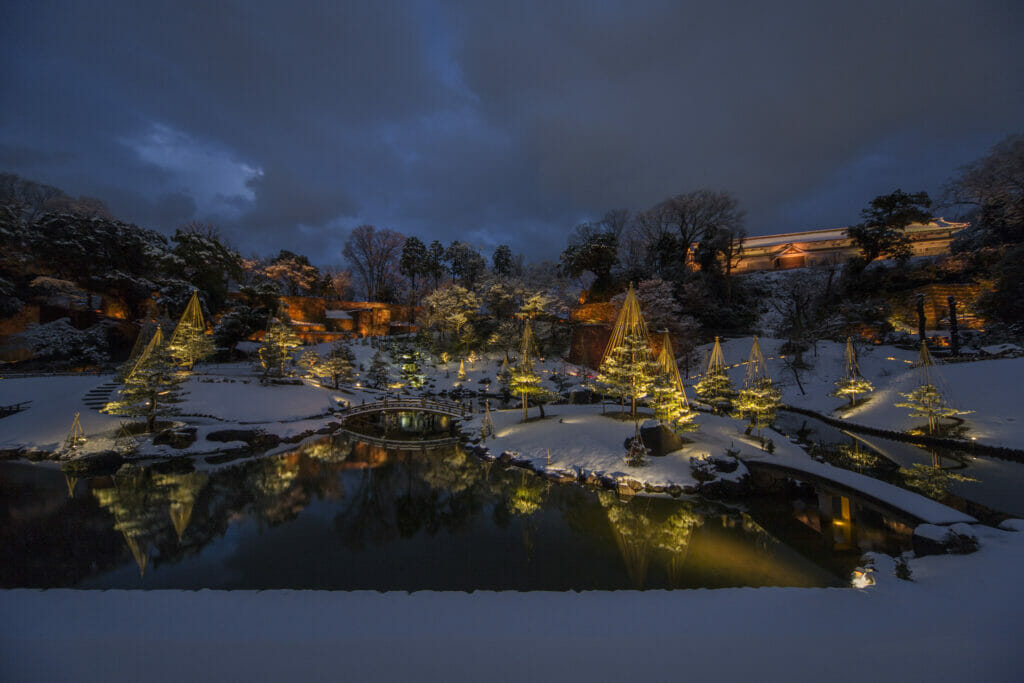
Kanazawa is a city whose long history is closely linked to the Maeda samurai clan, who ruled this castle town throughout the Edo period (1603-1868).
As the richest feudal clan in Japan, second only to the shogun family, during the peaceful times of the Edo period, this samurai family could use their immense wealth to develop their capital into one of the most thriving centres for art, crafts and culture.
Luxurious products appreciated throughout the country, impressive architecture and gardens, lavish tea receptions and geisha banquets characterized this sophisticated city and made it a must-go place for all traditional crafts and culture lovers.
Kyoto – Authentic, Soul-stirring Experiences
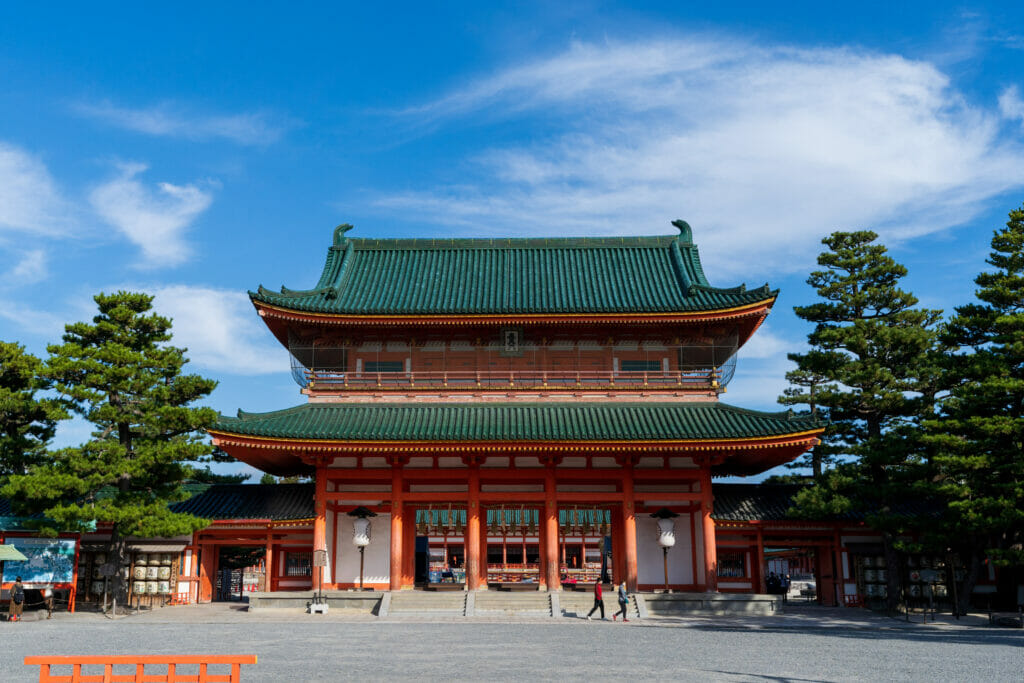
A city whose history goes back to 1,200 years ago, for many centuries Kyoto was the capital of Japan, home to the Imperial court and nobility.
Kyoto’s nobles engaged one another in an endless challenge to exhibit their love for art, fine crafts, beauty, and refined entertainment.
As a consequence, Japan’s best artisans, artists and entertainers made Kyoto their home, dedicating their lives to a never-ending refinement of their arts, fine crafts, cuisine, and performances.
From tea ceremonies to performing arts, from luxury fabrics to lacquerware and pottery, from poetry to refined banquets, from flower arrangement to archery, each discipline, with its many varieties, has been preserved throughout the centuries, and each generation made it slowly and skillfully develop one step further.
Preservation and development of tradition are still at the core of Kyoto’s spirit: not only preserving the art and discipline as they are, but slowly yet endlessly making them compatible with the changing of times.
Not only keeping the tradition alive but making sure it remains contemporary.
Find out more about the insightful experiences Bespoke Japan Travel offers to guests visiting Kyoto.
Nara – Where Shinto Joined With Buddhism
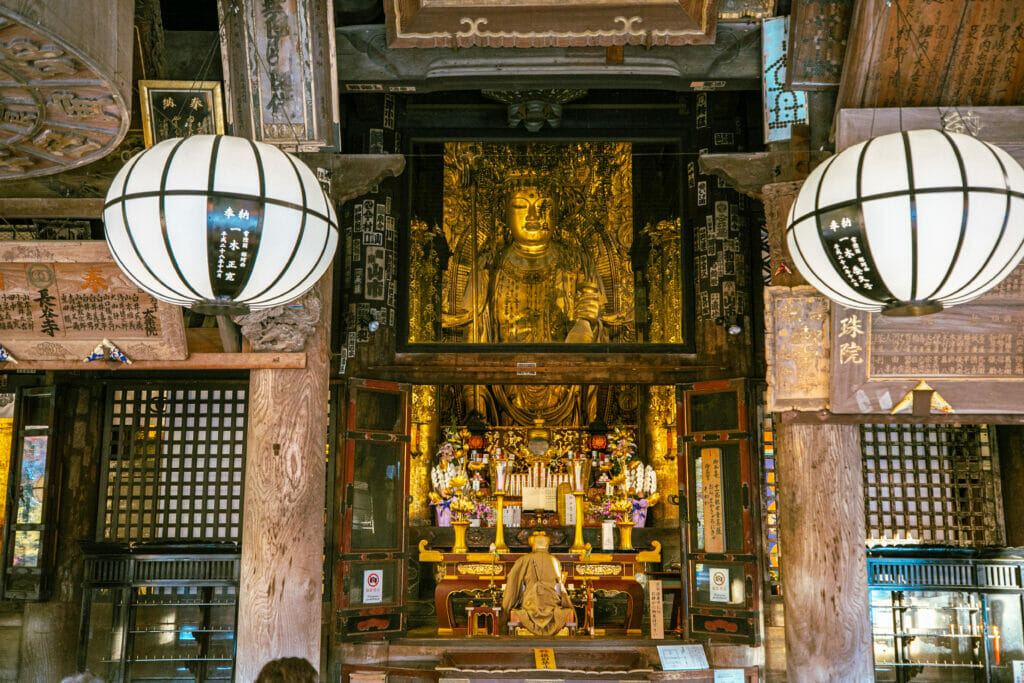
While not as world-famous as Kyoto, Nara is one of the most ancient cities in Japan. It is here that the first Emperor of Japan is said to have been crowned.
Nara also became the capital of Japan before the Imperial court moved to Kyoto, making this city one of the most ancient and prestigious in Japan.
It is also in Nara that Buddhism, after arriving in Japan from China and Korea, started flourishing and found new and unique ways of intermixing with the pre-existing Shinto religion, creating syncretic Buddhist schools unique to Japan.
Much of the historical heritage of Nara’s glorious past is still preserved nowadays.
Many pilgrimage roads that for centuries brought worshippers to one of the spiritual hearts of Japan also remain.
By many visitors, Nara is often seen as a charming one-day destination to visit quickly on the way between Kyoto and Osaka.
However, Nara offers way more than its city center and main highlights: at Bespoke Japan Travel we encourage our guests to go beyond the main tourist spots and see more of this city as well as its sacred and mysterious mountainous areas to the South.
Cultural Reflections of the Seto Inland Sea
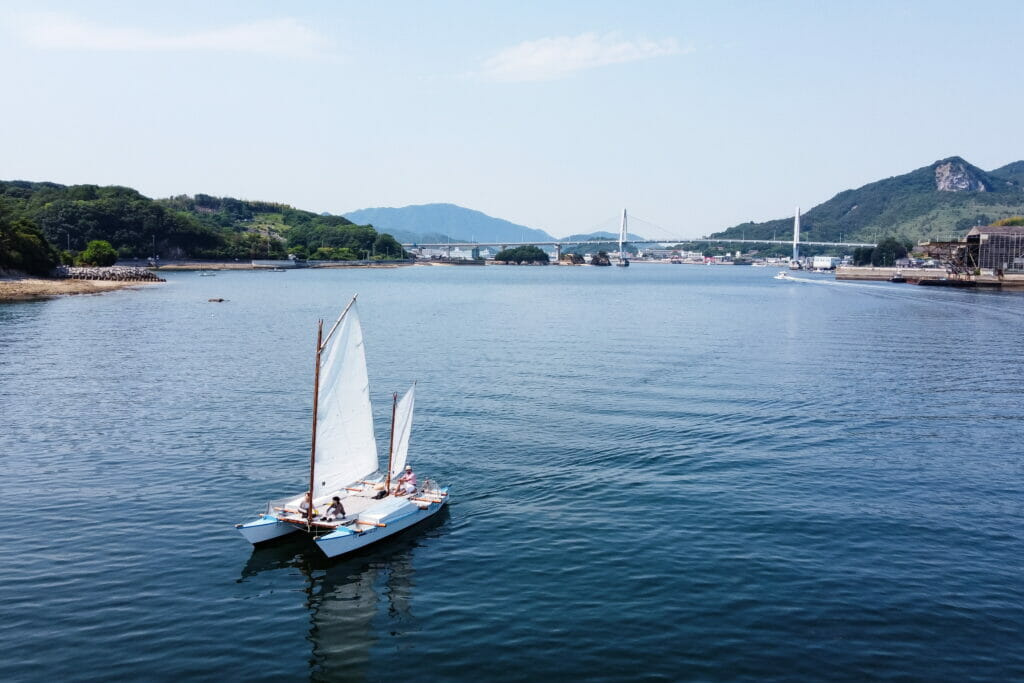
A vast area located around the Seto Inland Sea, the Setouchi region is as geographically diverse as culturally rich.
From the large urban areas of Hiroshima and Okayama to the small art islands of Naoshima and Teshima, from the natural treasures of the Shikoku mountains and rivers to the pristine coastlines of Shimanami Kaido, this region offers unforgettable landscapes and ravishing historical, artistic and culinary panorama.
Here are some of our favourite hidden gems to be experienced in Setouchi.
Hidden Gems of Toyama – Mountains and Craftsmen
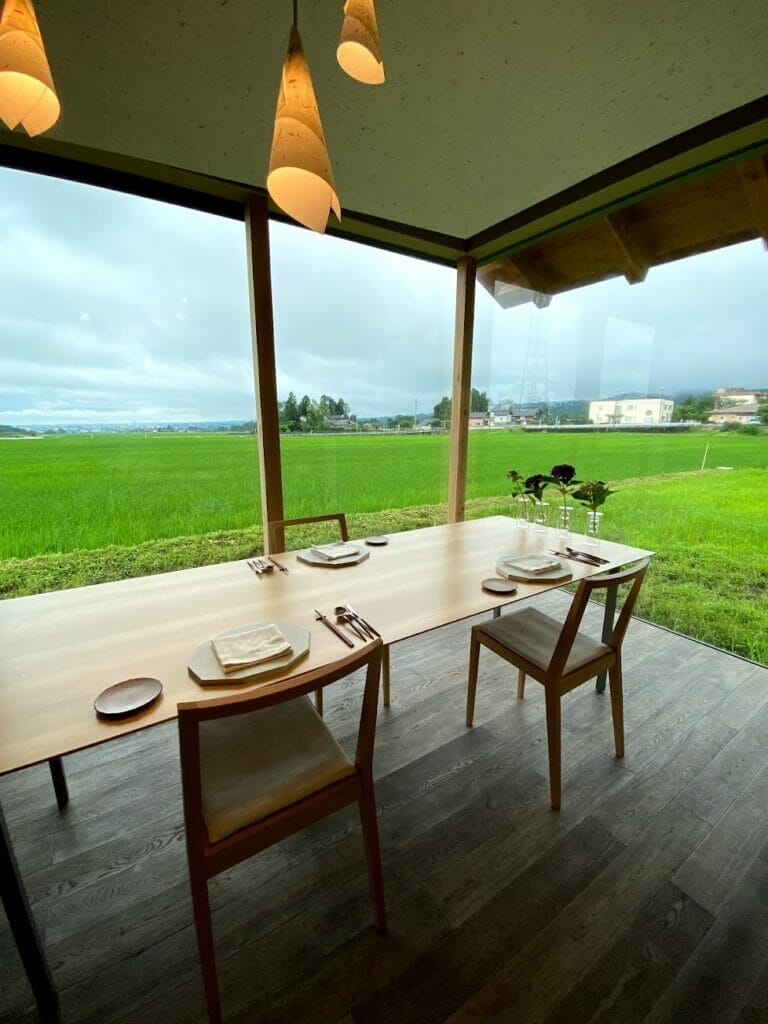
The recently opened Hokuriku Shinkansen high-speed train line made the city of Toyama easily reachable from both Kanazawa (only a 20-minute ride) as well as from Tokyo, which is now only 2 hours away.
The Tateyama Mountain Range is the most spectacular natural landscape that this nature-rich region has to offer. It can be admired from anywhere within Toyama prefecture, from its coastlines facing the Sea of Japan to its more rural areas in the southern part of the region.
Copperware, lacquerware, and wood crafts have a centuries-long history here, with many local artisans working to make sure their skills find a place into the present as well as in the future.
Tokushima – People, Nature and Ancient Traditions
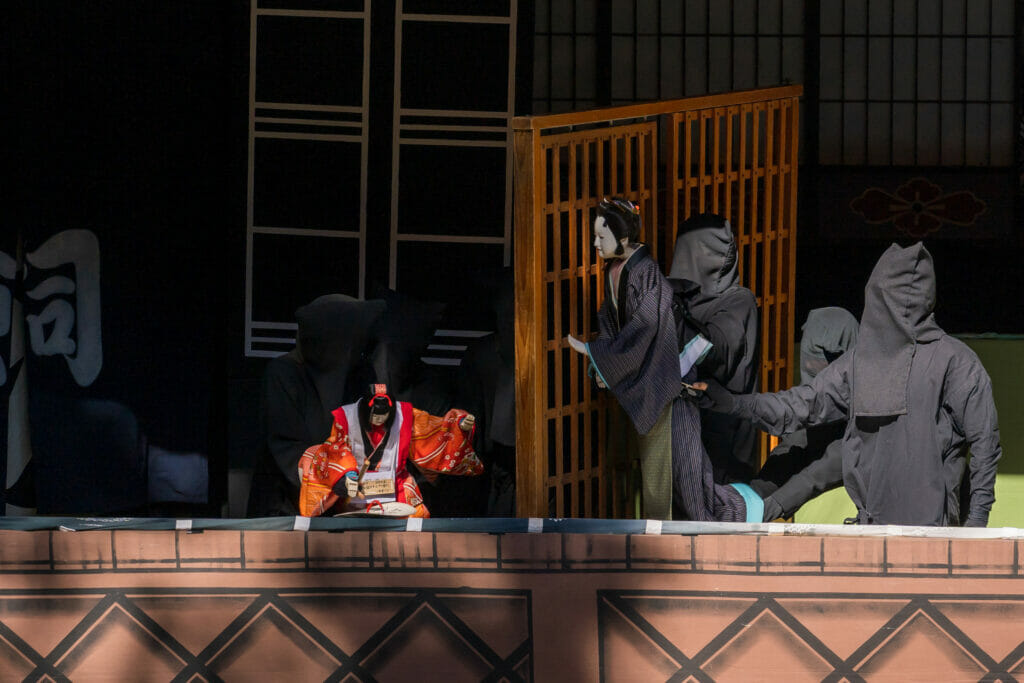
Located on the eastern side of Shikoku, Japan’s fourth largest island, Tokushima prefecture is very rich in nature and offers extremely varied landscapes: from its blue sea and beautiful coastlines in the East to the wild mountains, steep gorges and pristine rivers in its central and western regions.
Similarly to its landscapes, local culture is also very rich: many areas in Tokushima used to be secluded regions for centuries and managed to preserve their ancient traditions and fascinating stories.
Take the chance to experience these ancient, rural and authentic communities with our special cultural journeys through Tokushima.
Wakayama – A Soul-Defining Pilgrimage
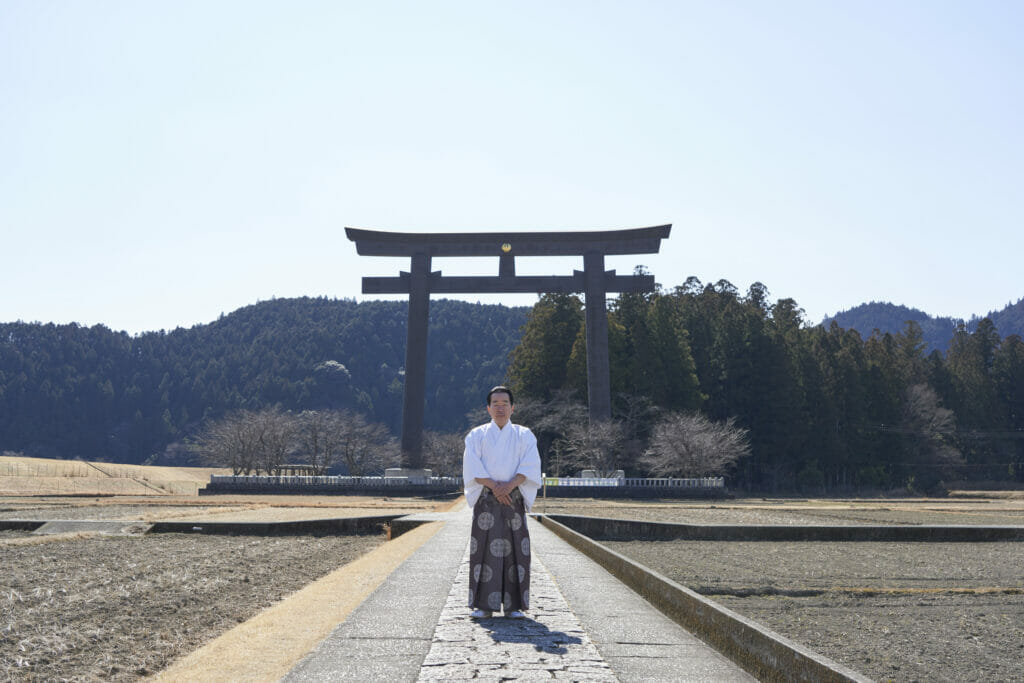
Wakayama prefecture covers a large part of the Kii peninsula, in the central area of Japan.
While being a part of Honshu, Japan’s main island, this peninsula is often called “an island on land” because of its peculiar geography. In fact, being surrounded by impervious mountains and intricate forests, the southern region of Wakayama, called Kumano, was long seen as an inaccessible area.
With plenty of sacred sites, this region has always been considered one of the most spiritual in Japan and for centuries it has been one of the most common destinations for pilgrims around the country.
Nowadays, the Kumano region continues to be Japan’s spiritual core, where impressive natural sights meet ancient legends.